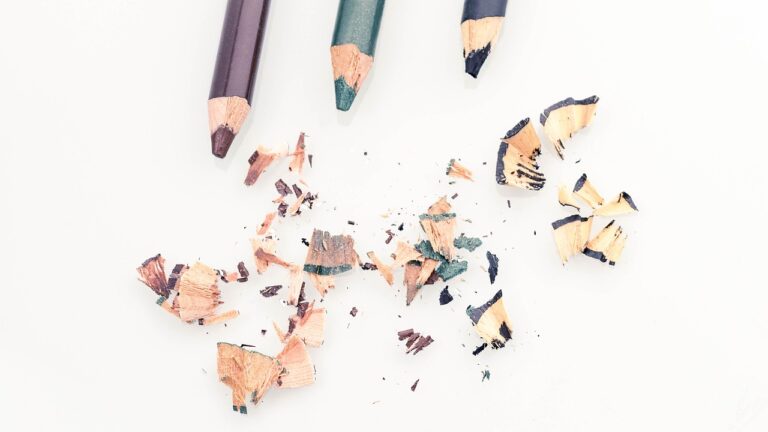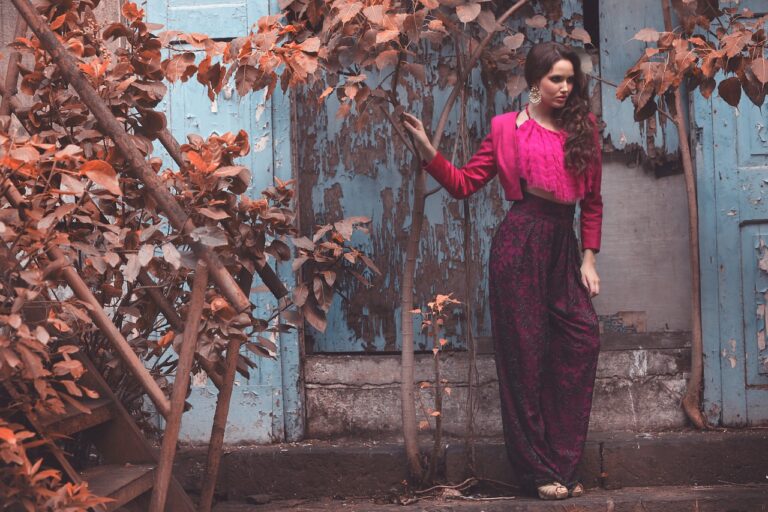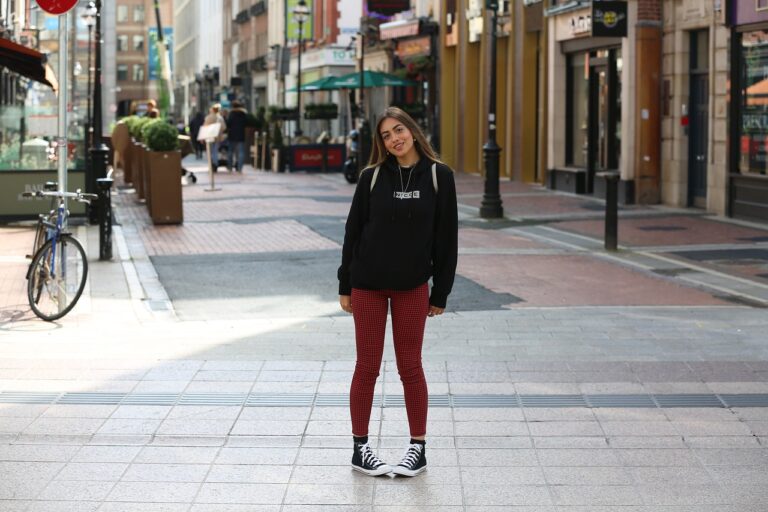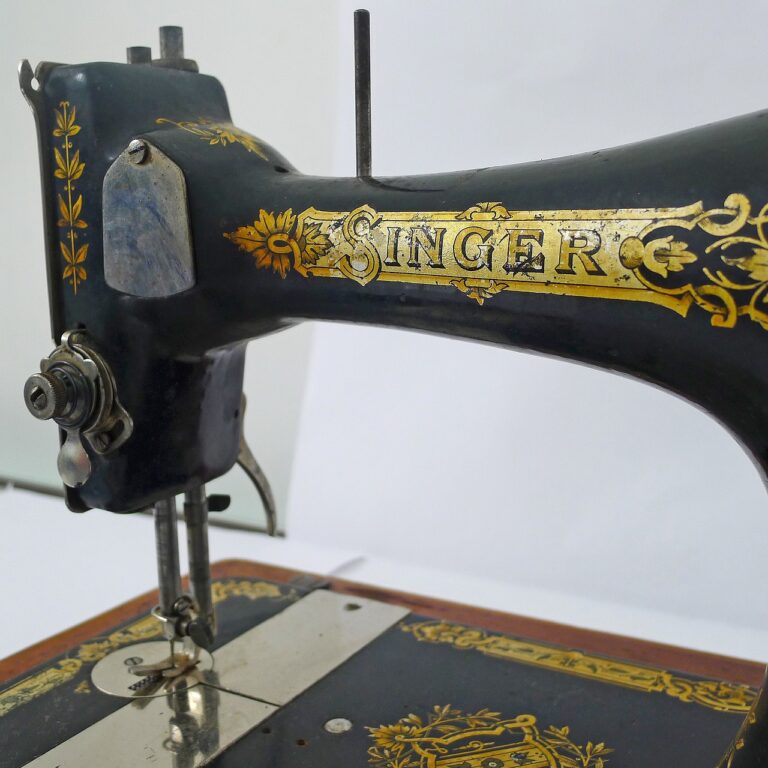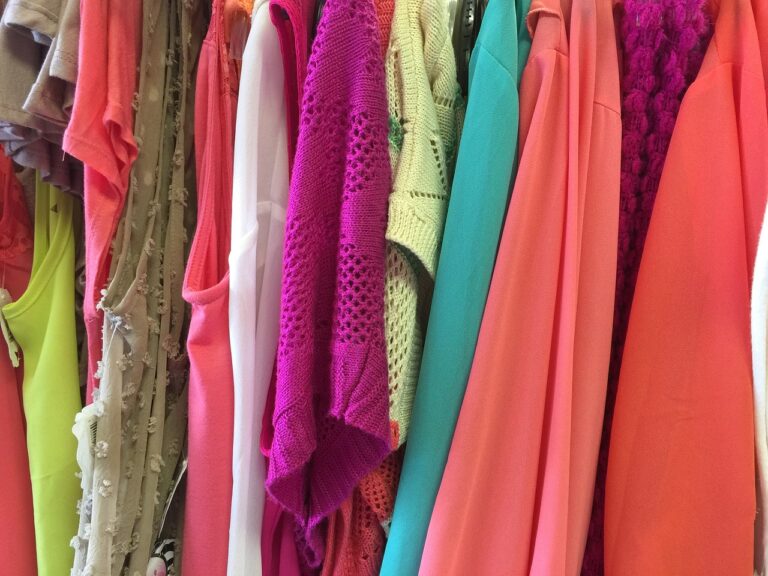Exploring Fashion History: From Ancient Civilizations to Modern Runways
Fashion has always been a significant aspect of human culture, evolving over centuries to reflect societal norms, technological advancements, and artistic influences. From the luxurious garments of ancient civilizations to the avant-garde designs showcased on modern runways, the history of fashion is a fascinating journey through time. Let’s delve into the evolution of fashion, exploring key moments and trends that have shaped the industry we know today.
The Ancient World: From Egypt to Rome
Clothing in ancient civilizations such as Egypt, Rome, and Greece served multiple purposes beyond mere protection from the elements. In Egypt, linen was the primary fabric used for garments, symbolizing wealth and status. The iconic draped garments of the Roman Empire reflected a blend of practicality and elegance. From tunics to togas, Roman fashion was as much about social hierarchy as it was about style.
The Middle Ages: Feudalism and Fashion
The Middle Ages brought dramatic shifts in fashion as feudalism shaped societal structures. Nobles flaunted elaborate clothing adorned with jewels and intricate embroidery, signaling their wealth and power. Peasants, on the other hand, wore humble garments made from rough fabrics. The rise of guilds and the emergence of trade routes led to the exchange of fashion ideas across Europe, influencing clothing styles and trends.
The Renaissance: A Rebirth of Fashion
The Renaissance era marked a turning point in fashion history, with a renewed focus on art, culture, and innovation. The wealthy elite commissioned elaborate garments that showcased their status and refined tastes. Italian cities like Florence and Venice became hubs of sartorial excellence, attracting skilled artisans and designers. The era’s emphasis on art and aesthetics laid the groundwork for the elaborate fashions of the Baroque and Rococo periods.
The Industrial Revolution: Mass Production and Fashion
The Industrial Revolution revolutionized the fashion industry, paving the way for mass production and the rise of ready-to-wear clothing. Textile mills and factories churned out garments at unprecedented speeds, making fashion more accessible to the masses. Innovations in manufacturing techniques and the introduction of sewing machines transformed the way clothes were made, leading to a boom in consumer culture.
The 20th Century: Fashion in Flux
The 20th century saw rapid changes in fashion, influenced by global events, social movements, and technological advancements. The Roaring Twenties brought flapper dresses and Art Deco jewelry, reflecting the spirit of newfound freedom and rebellion. The austerity of wartime fashion gave rise to utilitarian designs, while the post-war period witnessed a return to glamour and extravagance. The Swinging Sixties ushered in a revolution in style, with miniskirts, psychedelic prints, and mod influences capturing the zeitgeist of the era.
Modern Runways: Haute Couture and High Fashion
Today, the world of fashion is a dynamic and ever-evolving landscape, with designers pushing boundaries and challenging conventions. Haute couture houses like Chanel, Dior, and Givenchy continue to set the standard for craftsmanship and creativity, showcasing exquisite designs that blur the line between art and fashion. From the iconic runways of Paris and Milan to the burgeoning street style scenes of Tokyo and New York, contemporary fashion is a vibrant tapestry of innovation and expression.
Conclusion
As we journey through the history of fashion, it becomes clear that clothing is more than just a functional necessityit is a form of self-expression, cultural identity, and artistic exploration. From the ancient civilizations of Egypt and Rome to the modern runways of Paris and New York, fashion has always been a reflection of society’s values, aspirations, and creativity. By understanding the rich tapestry of fashion history, we can appreciate the artistry and craftsmanship that define this timeless industry.
FAQs
1. What role did fashion play in ancient civilizations?
Fashion in ancient civilizations served as a symbol of wealth, social status, and cultural identity. Clothing was often influenced by religious beliefs, political power, and trade connections, shaping the way people dressed and expressed themselves.
2. How did the Industrial Revolution impact the fashion industry?
The Industrial Revolution revolutionized the fashion industry by introducing mass production techniques and making clothing more affordable and accessible. Textile mills, sewing machines, and factory processes transformed the way garments were made, leading to the rise of ready-to-wear fashion.
3. What are some key influences on modern fashion trends?
Modern fashion trends are influenced by a variety of factors, including pop culture, music, art, technology, and social media. Designers draw inspiration from a wide range of sources, from street style to haute couture, creating a diverse and dynamic fashion landscape.
4. How has the role of fashion evolved over time?
The role of fashion has evolved from being a symbol of status and wealth to a form of self-expression, cultural identity, and artistic exploration. Fashion today is a reflection of society’s values, aspirations, and creativity, with designers pushing boundaries and challenging conventions in innovative ways.


